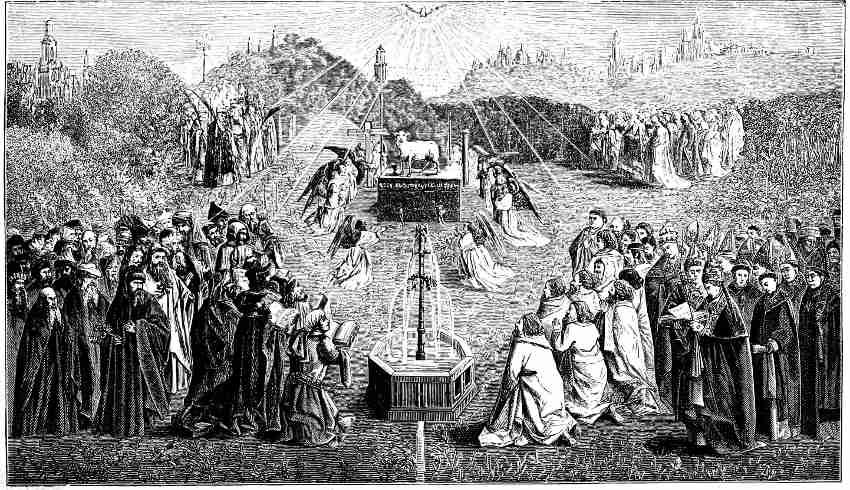Between 1503 and 1504, a quiet revolution was unfolding in the world of mathematics—one that would forever change how people understood numbers, shapes, and the world around them. In the heart of Renaissance Italy, Luca Pacioli, often hailed as the “Father of Accounting,” was putting the final touches on a remarkable work: Summa de Arithmetica, Geometria, Proportioni et Proportionalità. This wasn’t just a book; it was a treasure chest of mathematical knowledge, carefully organized to guide learners through the mysteries of arithmetic and algebra. Pacioli’s words laid a foundation that would support centuries of mathematical discovery.
Meanwhile, in a sunlit studio nearby, Leonardo da Vinci was breathing life into his art with the precision of a mathematician. With sketches filled with geometric shapes and careful measurements, Leonardo wove math into every brushstroke. His masterpieces weren’t only visually stunning—they were blueprints of proportion and symmetry, hinting at the deep relationship between art and science that would inspire engineers and artists long after.
At the same time, the invention of the printing press was spreading these new ideas faster than ever before. By 1503, mathematical texts found their way into the hands of eager minds across Europe—small sparks lighting a grand intellectual fire. This was an era when knowledge broke free from the walls of monasteries and palaces, traveling through the vibrant streets of European cities, fueling collaboration and innovation.
On the high seas, navigators faced the challenge of uncharted waters. For them, trigonometry was no longer just abstract theory—it became an indispensable tool for charting courses and mastering the oceans. The practical need for accurate measurement gave birth to the trigonometric functions that became the navigators’ trusted compass.
The years 1503 and 1504 were more than just dates on a calendar; they marked a time when mathematics stepped boldly from quiet study into vibrant application, setting in motion a journey of discovery that would shape our understanding of the universe for generations to come. The Renaissance was awakening not just art and culture, but the very logic of the world itself.
